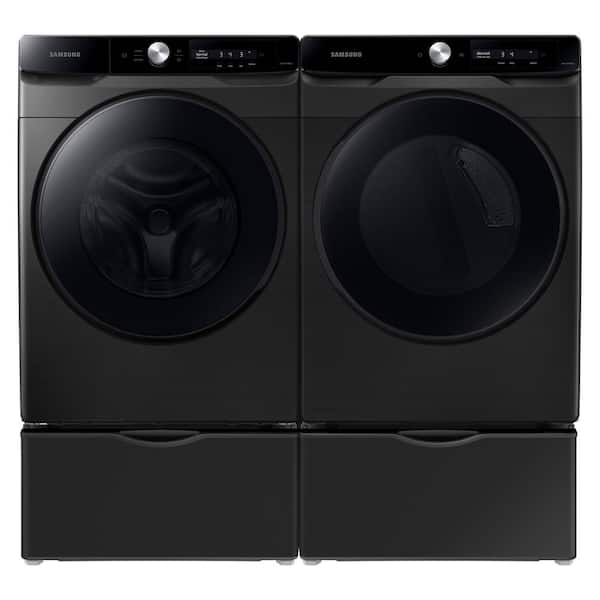


A clean install of Windows 10 requires more effort, but eradicates all those potential headaches as well as any lingering bloatware on your PC.įor each program, check to see if you need to save or export additional data for restoration after you reinstall Windows. This sounds convenient since it’s supposed to keep all your files and programs intact, but as an IT professional I’ve seen many issues arise from this upgrade method, such as system slowness, errors, and other strange behaviors. If you take advantage of Microsoft’s free offer to upgrade Windows 7, 8, or 8.1 to Windows 10, the default method is an in-place upgrade. A clean install using a stock Windows disc or flash drive also gets rid of programs and bloatware installed from the factory. Microsoft has tried to make this process easier with the Refresh and Reset features starting with Windows 8, but power users still might consider a good ol’ format and clean install. Sometimes, the best way to fix deep-seated Windows issues is to burn everything to the ground and start from scratch. Reinstalling Windows refreshes the operating system, which gets rid of most corruption, errors, and viruses.


 0 kommentar(er)
0 kommentar(er)
